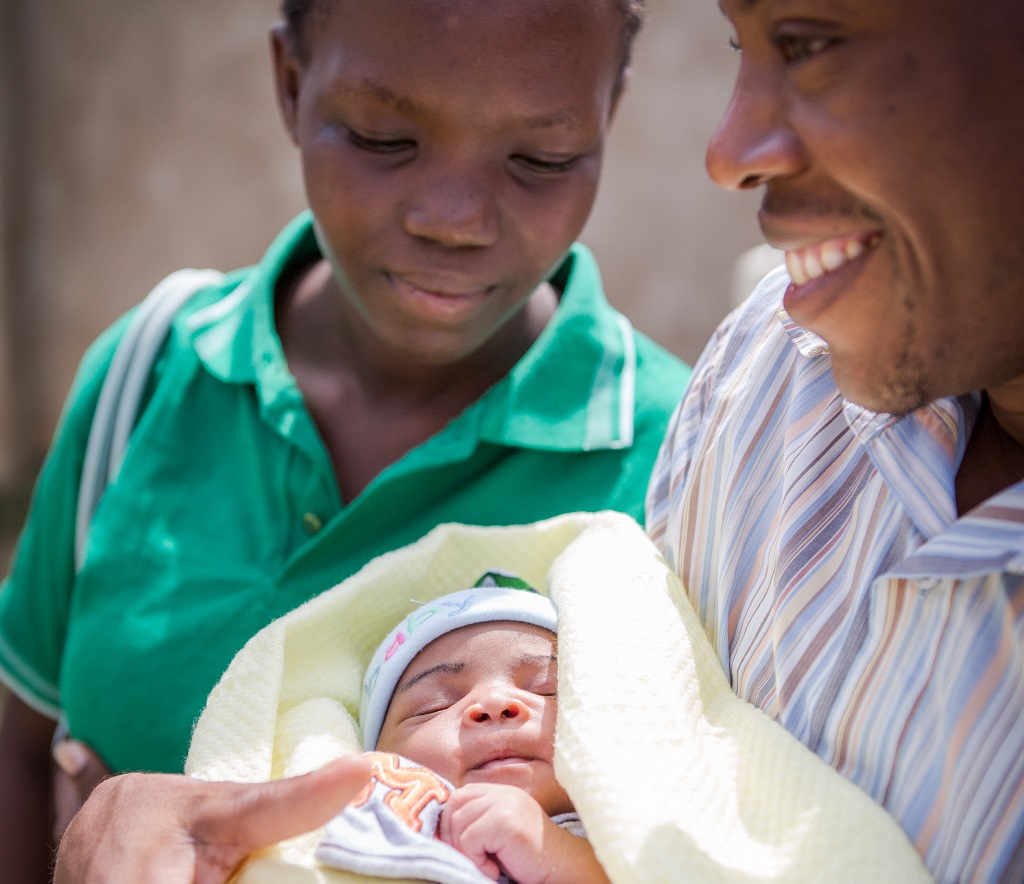This post originally appeared on the UN Foundation website.
The end of the Millennium Development Goal (MDG) era in 2015 has provided the world with valuable and lasting lessons about what needs to be done differently and what can have a major impact in reducing child mortality and improving maternal health.
Taking stock of progress made over the past 15 years, we have learned that many African countries did not meet MDG targets 4 and 5 to reduce maternal and child deaths.
Kenya stands out as one of the exceptions. According to the Kenya Demographic Health Survey 2014-15, the contraceptive prevalence rate for modern methods among all women has risen from 28% to 39% in five years, while maternal deaths have dropped to 360 from 448 per 100,000 live births during the same period. In addition, the growth in modern method use among married women has increased from 39% to 53% and Kenya achieved its FP2020 commitment of 56% use for all methods by 2015.
What was different in Kenya? There was an increased focus and interest in postpartum family planning (PPFP), a proven high-impact intervention that offers great hope for meeting the needs of millions of women and girls at a time when their need is often underestimated – following the birth of a child.
In Kenya, as in the rest of the world, we could help end poverty in a generation by empowering all first-time parents to opt in for PPFP. Fast, effective, and efficient PPFP service delivery to women and girls is a low-cost investment with instant gains given its intersection with food security, economic empowerment, environmental sustainability, peace and justice and, consequently, poverty overall.
As we begin the Sustainable Development Goal era, we recognize that family planning is critical to poverty reduction. Every year, approximately 16 million young women between 15 and 19 years old, mostly in low- and middle-income countries, give birth. That amounts to 16 million opportunities for young women to decide to delay a future pregnancy, and, with proper counseling, to adopt a family planning method after childbirth so they can raise healthy children and determine their own economic status.
Globally, the rights of girls and women to shape their own lives and take charge of their own fertility, without coercion, violence, or discrimination is critical, and should be prioritized now.
Why now? In Kenya today, more women than ever before are giving birth in health facilities, opening the door for PPFP. The Kenya Demographic Health Survey 2014-15 estimates that 61 out of every 100 women deliver in a private or public facility, as opposed to in their homes. This provides an unprecedented opportunity to integrate PPFP into maternal and newborn health services, such as antenatal care, childbirth, immunization, or wellness exams, and maximizes the few contact points that many women and girls currently have with their health system.
Every point of contact with a mother, from prenatal care through postnatal care and even onwards into routine immunization visits, is a potential opportunity for family planning counseling and action.
Programs like USAID’s flagship Maternal Child Survival Program (MCSP) and the evidence-based Advance Family Planning advocacy initiative, both led in Kenya by Jhpiego, support governments the world over to grow the knowledge and expertise necessary to meet the targeted health needs of women and girls. In Kenya, where health services are decentralized, we work with local leaders to improve the uptake of family planning within their communities.
Leaders at all levels – global, national, local – need to recognize PPFP as a sound investment to address the needs of the 225 million women globally with an unmet need for family planning services and meet global goals.
Meeting the goals of global initiatives such as USAID’s Ending Preventable Child and Maternal Deaths and Family Planning 2020, which seeks to provide modern contraception to 120 million more women and girls by the year 2020, are critical linchpins on the road to meeting the Sustainable Development Goals by 2030.
Providing family planning information and services at the time of delivery, or soon thereafter, not only address mothers’ and babies’ immediate postnatal needs, but also keeps them healthier for years to come.
Given these many benefits, failure to utilize PPFP would mean walking away from the fight against poverty and the ability for women and girls to determine their economic, reproductive, and educational futures. It would be a missed opportunity for countries worldwide to address the needs of mothers and newborns. Want to #endpoverty? Consider #ActionPPFP.

